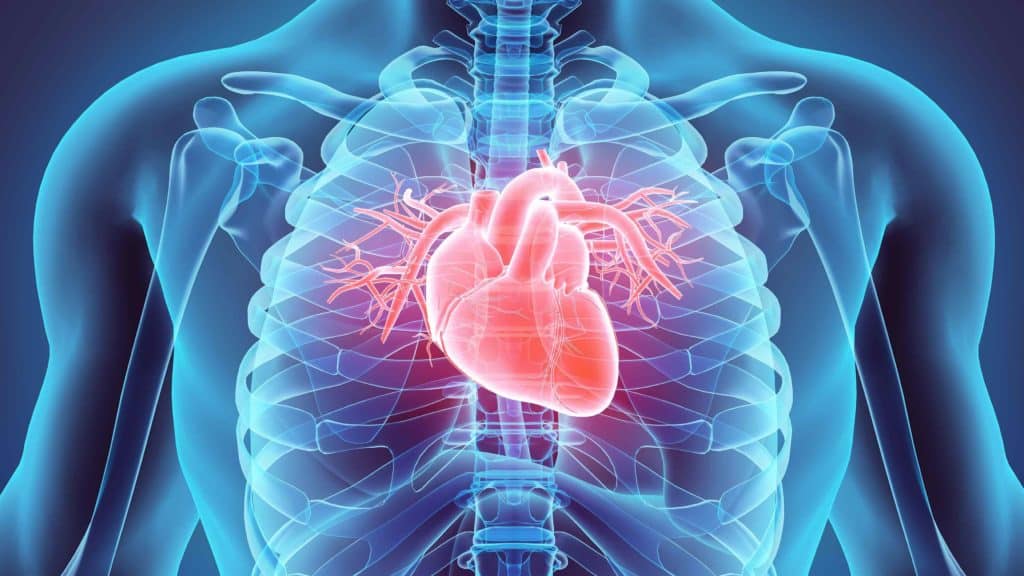Like it or not, we’re all going to die. Chances are, we’ll succumb to one of the more common causes of death, be it an accident or disease associated with aging. While many leading causes of death in the United States are also leading causes around the world, like heart disease and cancer, the Global South has many causes of death that are unique to the region including diarrheal disease and malaria.
Read on for a list of 30 of the leading causes of death in the US and around the world, what the risk factors are for those causes, and what you can do to reduce your risk factors.

1. Heart Disease
Heart disease, which includes ailments like cardiac arrest, myocardial infarction (more commonly referred to as a heart attack) and more, is one of the leading causes of death throughout the entire world. In the United States, it is routinely the number one cause of death each year.
Risk factors for heart disease include obesity, a sedentary lifestyle, a diet high in saturated animal fats, and some hereditary factors. To reduce your risk of heart disease, you should eat a balanced diet with unsaturated fats and healthy plant proteins, increase your exercise to at least a 20-minute walk per day, and have regular check-ups with your doctor.
